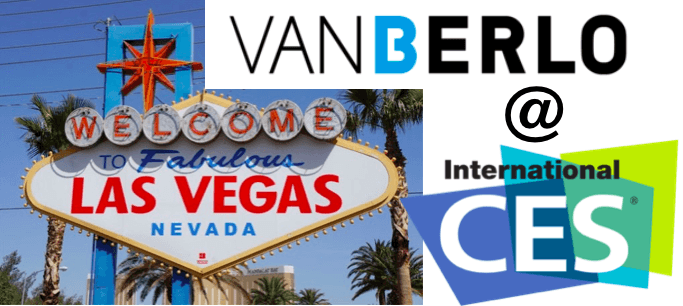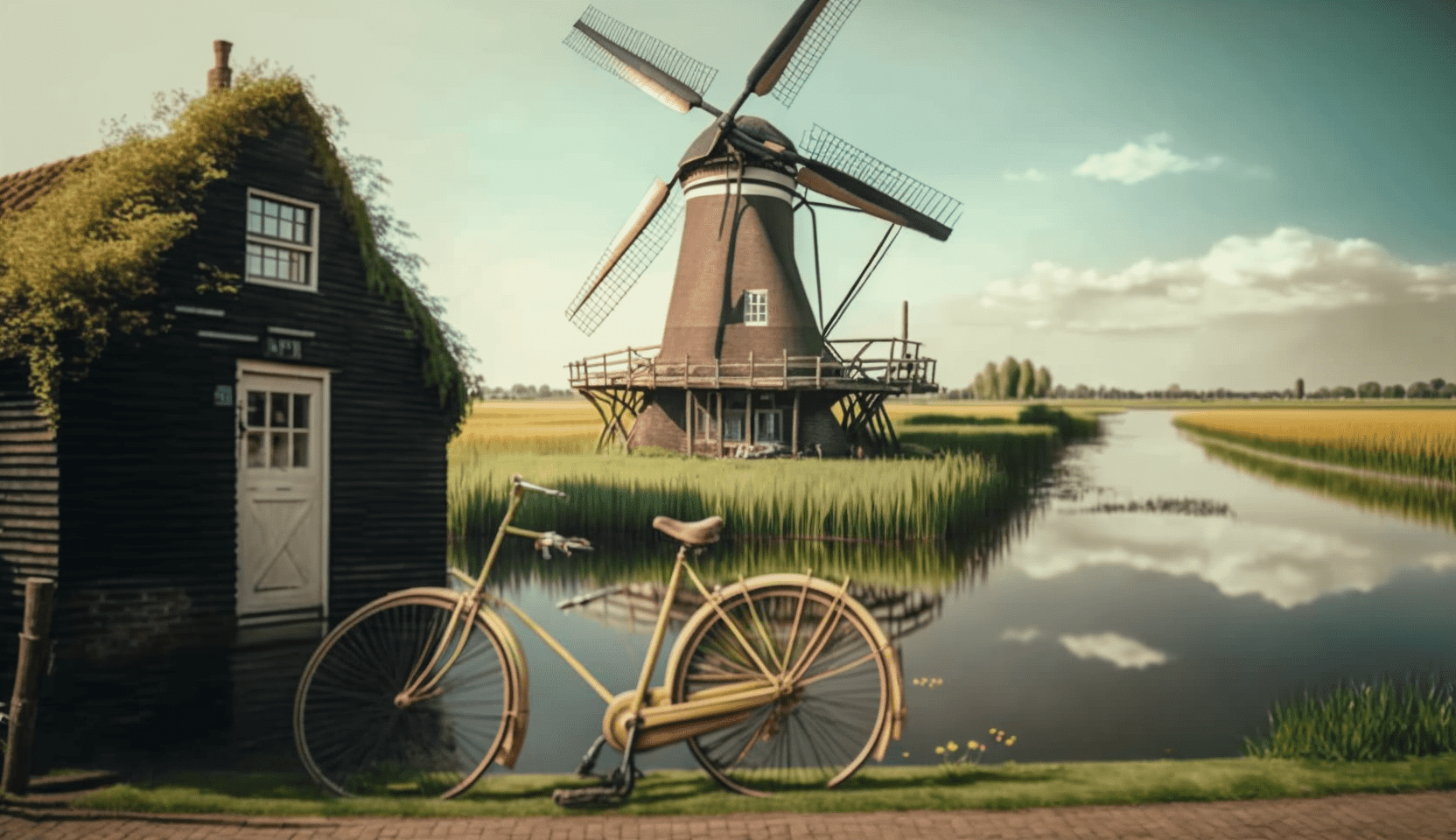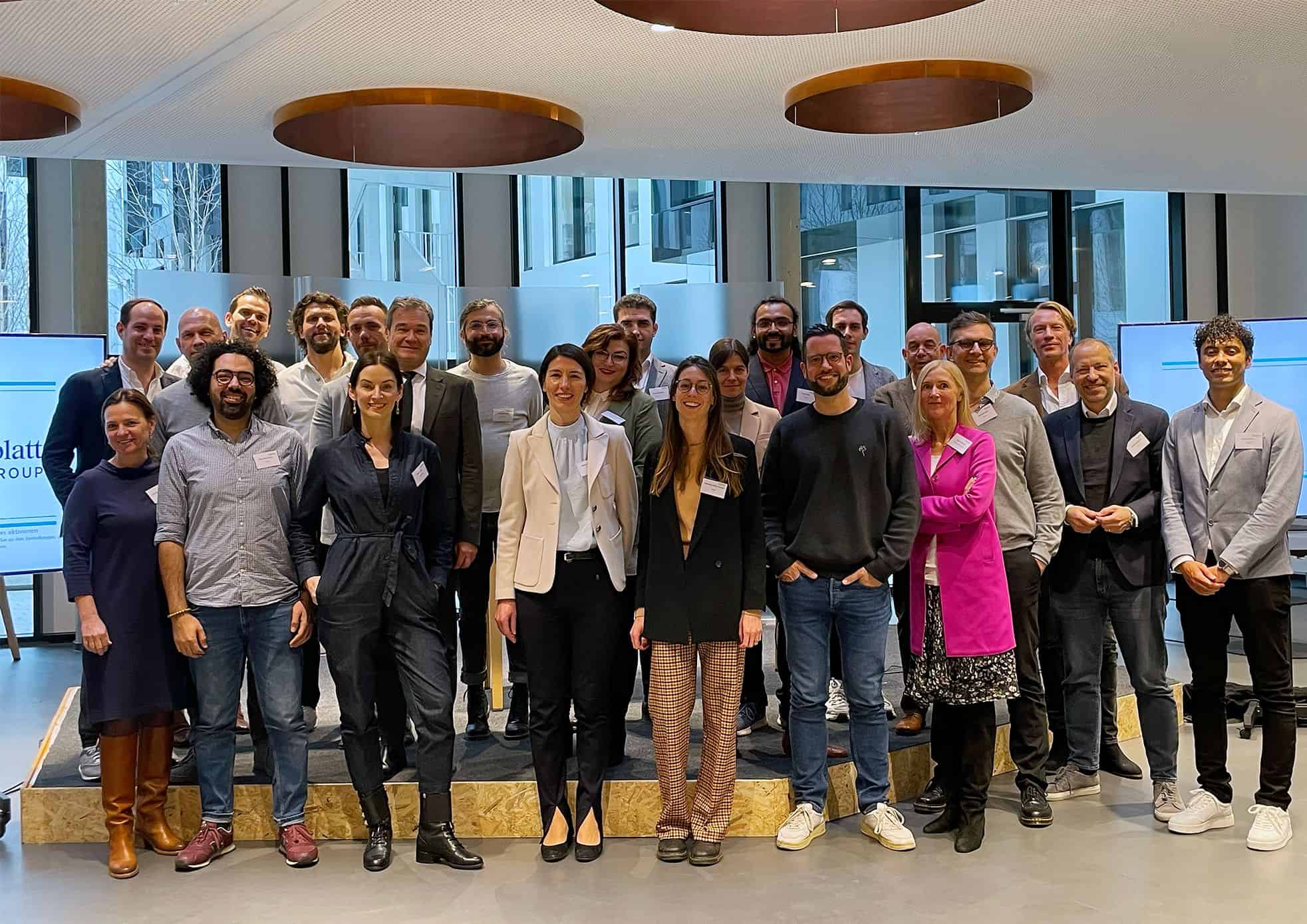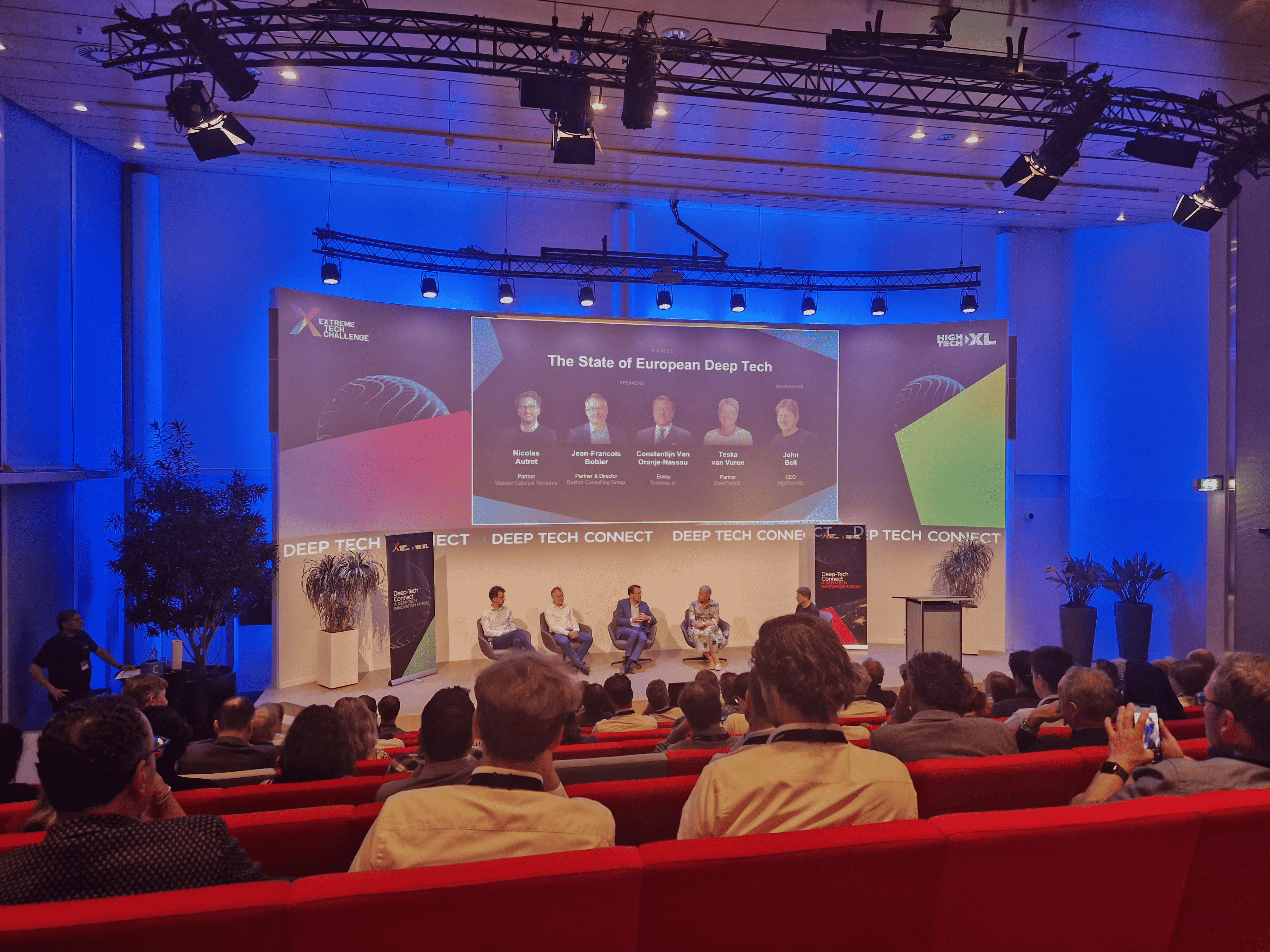
Coen Claassen, Senior Designer at VanBerlo, and Martijn Baller, System Architect at VanBerlo, are visiting the Consumer Electronics Show (CES) in Las Vegas. In a daily diary they share their vision and their experiences at the world’s biggest gathering place of innovative products. Today part 2, by Martijn Baller.

After a long flight, we ventured into a world of high tech cars, mind blowing displays and pioneering technology for our first day of CES 2017. This first day was a busy one, trying to see everything in Tech East (one of the major locations). We started with the automotive industry; More and more demos are appearing, smart sensors both in and outside the cars feature as a means of making driving as autonomous as possible. In concept cars, these sensors are usually nicely integrated into the design; but in the cars closer to reality, this is much harder. We have seen many cars with sensors sticking out on many strange places and interiors behind windscreens crowded with cameras.
VR is a must!
For demonstrators on the CES2017, VR is a must! Many companies chose VR as a platform to show possible future features and UI’s. The Downside of this, is that such a technique limits the demonstration to those who get to wear the glasses and doesn’t leave much for the remaining majority of the crowd.
NVIDIA showed some interesting features, focusing not only on the outside of the car, but also on the driver. Using image processing to do facial recognition, lip reading and eye tracking are only a few features that can be added to the list of sensor data that can be combined in new applications. Their announcement and demo of streamed games processed in the cloud will open a whole new way of looking at computing power.
A motorcycle that was balancing itself on 2 wheels
Faraday Future showed the prototype of their production car and Honda had a balancing mono-wheel, but also a self balancing electric motorcycle! The latter was probably a prototype; a whole group of engineers had to keep the public from getting too close as they didn’t show much faith in the stability of the motorcycle that was balancing itself on 2 wheels. Nissan showed an autonomous driving seat for waiting in a queue. When the first person in the queue would stand-up from its chair, the chair would drive itself back to the last position and all other seats move up one step; an interesting approach to show off how Nissan’s technology that will be used when driving in a traffic jam with autonomous or assisted driving cars.
We calculated 447897600 pixels!
On display technology, some new developments were made. Instead of HDR technology, this year Quantum Dot or QLED displays were in the spotlight at Samsung. This is a new technology with nanocrystals that boosts the color values and contrast of LCD technology. When power is applied to these crystals they will also be able to emit light instead of only filtering light from a backlight. So in light of this, competition with OLED will continue. LG promoted their 4K OLED displays, with superb contrast and colors; To convince people of the capabilities, they build a huge arch of these displays showing skies of stars and underwater scenes. We have to say that it was quite impressive to see over 216 LG TVs running seamless 4K next to one another – we calculated 447897600 pixels!
It looks like that we are far from having 1 standard API for smart IoT devices
We spent a little less time this year looking at wireless technologies, but that is by and large due to the different arrangement of companies on this year’s show. Today we visited Tech East, but in Tech West (which we will visit tomorrow) there is the Smart Home Market Place, and we will likely see some more IoT there. We did meet a nice startup; NEEO, that made a compact device integrating all kinds of wireless technologies with an easily accessible and sleek looking remote and touch screen display. This is a similar solution to the Dutch Kickstarter campaign Homey, but without the voice control. It looks like that we are far from having 1 standard API for smart IoT devices, and devices such as NEEO and Homey, could provide a harmonized solution for consumers (that is as long manufactures keep on providing API’s for their new and existing IoT devices).
We are looking forward to tomorrow and our visit to Tech West; where we will see what all of the promising startups have in store for 2017!







